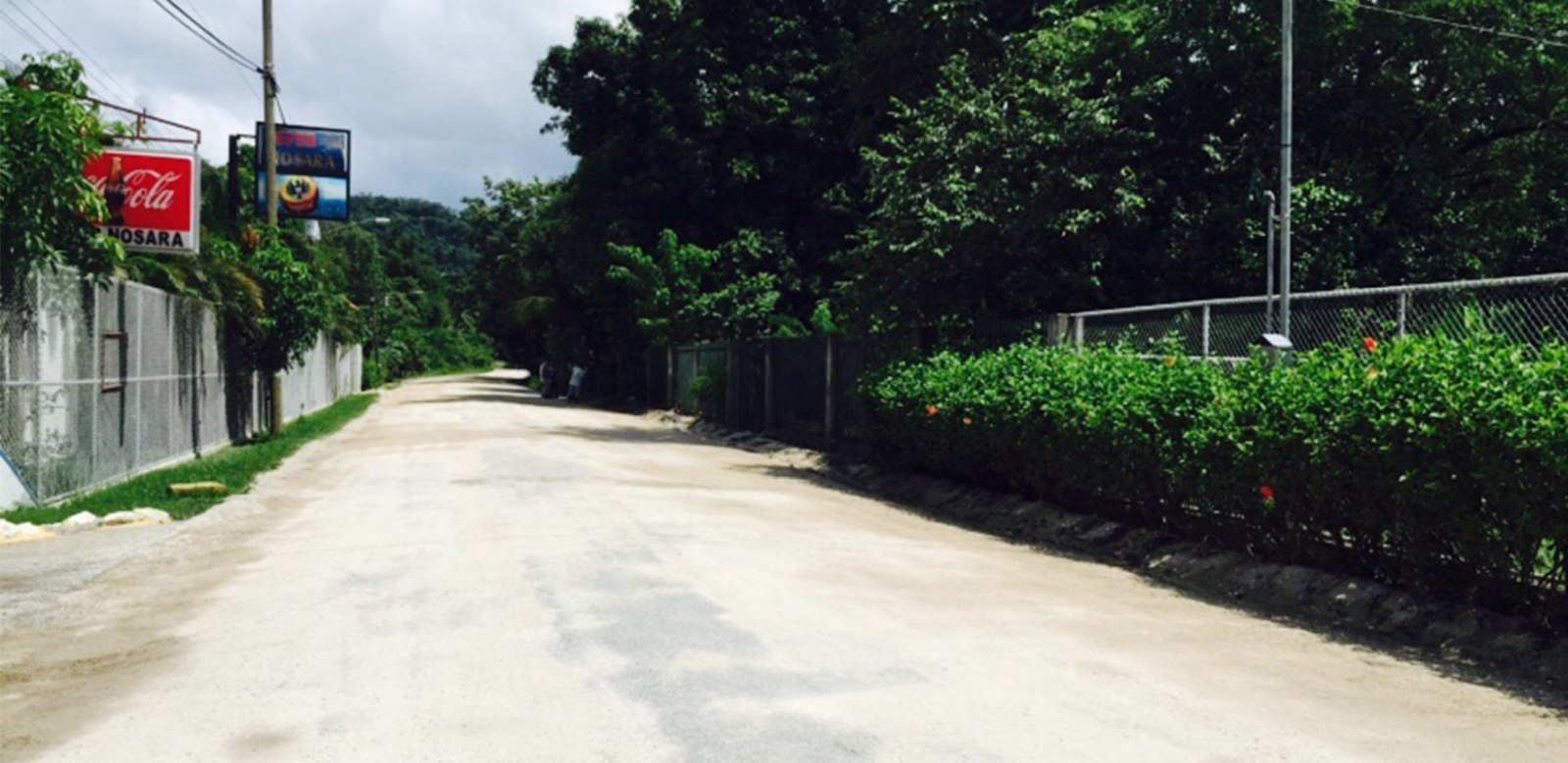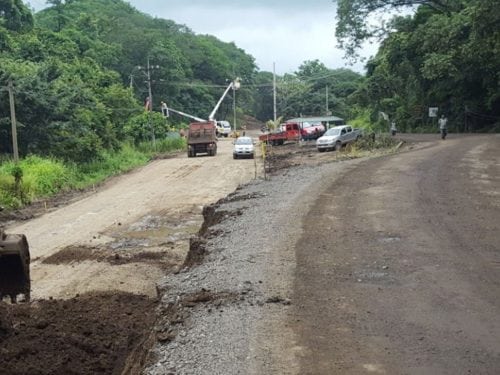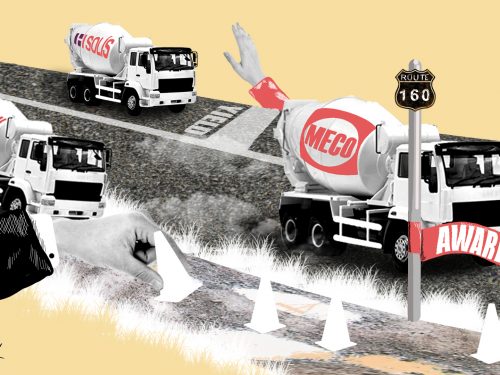
Travelers on route 160 are asking how long machinery from the Ministry of Public Works and Transportation (MOPT – Ministerio de ObrasPublicas y Transporte) will continue to work on route 160.
MOPT’s machinery began work in the district of Nosara on July 21, with the goal of improving 30 kilometers of the route.
Ronald Espinoza, an engineer for MOPT, explained to The Voice of Guanacaste that the work will continue until next December, and include widening the road, clearing brush and removing debris from the road.
In addition, Espinoza said that they will improve seven kilometers with 30 centimeters of gravel between the communities of La Esperanza and Santa Marta.
Another stretch where MOPT will work is from Playa Garza to Barco Quebrado, where there will be 15 centimeters of gravel laid.
In addition to that maintenance, MOPT will stabilize the road with slow setting asphalt emulsion, to mitigate the dust in the places with the greatest population along the route.
Recently, part of the treatment with emulsion and a sealer of rock dust was placed along the road from the Rempuje bridge in La Esperanza to Rancho Tico on the road that passes infront of Super Nosara.
Marco Avila, president of the Nosara Development Association (ADIN – Asociacion de Desarrollo Integral de Nosara), explained that ADIN provided 50,000 meters of sand from the Nosara River, which had been extracted for the construction of the dike. To be able to use the material, a private geologist was paid $5,000 in order to get a permit from the geology and mines department at MINAE.
Regarding the works’ durability, both Espinoza and Avila agree that they could last up to three years. However, everything would depend on the future maintenance that the route receives and the traffic.
“You have to remember that this is a treatment against dust; it isn’t something permanent. However, I know of some places where it has been laid and it has lasted three years. From the Santa Marta crossing to La Esperanza, you couldn’t say the same thing, because there is totally different traffic and I don’t think it will work,” said Avila.







Comments